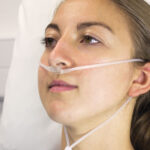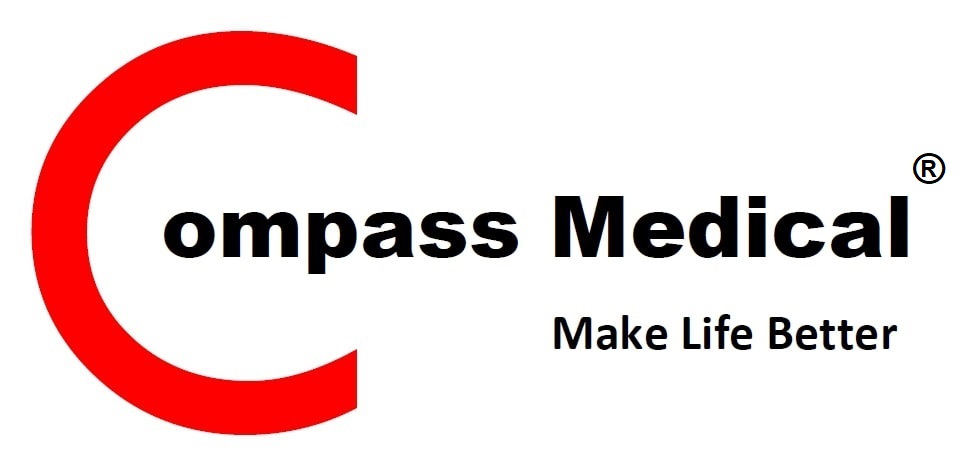Long Term Oxygen Therapy (LTOT)
Long Term Oxygen Therapy (LTOT) involves breathing in air that contains more oxygen (above 90% oxygen) than normal room air (21% oxygen) through a mask or tube connected to a device in your home. 3 ways of using LTOT are through:
- Oxygen Nasal Cannula: Short tubes placed in your nostrils
- Oxygen Mask: Mask cover your nose and mouth
- Tracheostomy Oxygen Mask: Some people may need a tube inserted into an opening made in the front of their neck (called tracheostomy) or a tube placed in their mouth and down their windpipe.

Oxyen Nasal Cannula

Oxygen Mask

Tracheostomy Oxygen Mask
Who Can Benefit From Long Term Oxygen Therapy (LTOT)?
Long Term Oxygen Therapy (LTOT) can be useful for people who do not have enough oxygen in their blood.
- Chronic Obstructive Pulmonary Disease (COPD)
- Pulmonary Fibrosis
- Heart Failure
- Severe Long-Term Asthma
- Pulmonary Hypertension
- Cystic Fibrosis
- Breathing Problems Caused By Obesity
LTOT can help with symptoms such as:
- Breathlessness
- Feeling tired all the time
- Memory Problems
- Coughing
Getting started for LTOT
Your doctor will refer you to a Respiratory (Chest) Specialist or Pulmonologist Clinic. To check the amount of oxygen in your blood, you may have a blood test and an oxygen sensor may be attached to your finger or earlobe (a pulse oximetry test). You may also be asked to breathe into a device that checks how well your lungs are working. This test is called spirometry.
After doctor prescribed the oxygen litre per minute and the hour of usage the oxygen therapy at home. Kindly contact us and our Biomedical Engineer will deliver machine to home and explain how to use it safely.
There are 3 types of devices:
- Home Oxygen Concentrator (Philips EverFlo)
- Portable Oxygen Concentrator with Battery (Philips SimplyGo or Mini)
- Portable Aluminium Cylinder (Lightweight)
1. Philips EverFlo Medical Oxygen Concentrator
EverFlo is highly recommended if you need medical oxygen supply 24 hours everyday. No need oxygen gas refill. Power with direct electricity. Built with high quality parts and with Pressure Swing Adsorption (PSA) technology. It is very durable and heavy duty. Weight of EverFlo is 14 kg with dimension H58cm x W38cm x D24cm.
2. Philips SimplyGo / Mini Portable Medical Oxygen Concentrator
An portable oxygen concentrator is portable with build in battery. Similar to EverFlo Oxygen Concentrator but it is small and lighweight. Liter per minute is different from EverFlo. Is suitable to use for outdoor activities.
3. Portable Oxygen Aluminium Cylinder
Oxygen cylinder is portable and require gas refill. Unlike oxygen concentrator which can run 24 hours and no need gas refill. Oxygen cylinder is used for transportation or standby at home for emergency when house is out of electricity (oxygen concentrator needs electricity to operate). There are many sizes of cylinder. Size E (4.6L) is most commonly use for home. Weight is 7kg with trolley. Below is the cylinder size E duration:
- 1 Liter per minute: 11 Hours 10 Mins Continuously
- 2 Liter per minute: 5 Hours 30 Mins Continuously
- 3 Liter per minute: 3 Hours 40 Mins Continuously
- 4 Liter per minute: 2 Hours 40 Mins Continuously
- 5 Liter per minute: 2 Hours 10 Mins Continuously
Using Oxygen At Home Safely
- Do not smoke, or let anyone smoke near you, when using your device – also smoking will make your oxygen therapy far less effective.
- Do not use flammable liquids, such as cleaning fluid, paint thinner or aerosols when using your device.
- Do not use oil-based emollients, such as vaseline, when using your device.
- Install fire alarms and smoke detectors in your home.
- Keep your device at least 3 meters away from any appliances that use an open flame, such as a gas cooker or gas fire.








